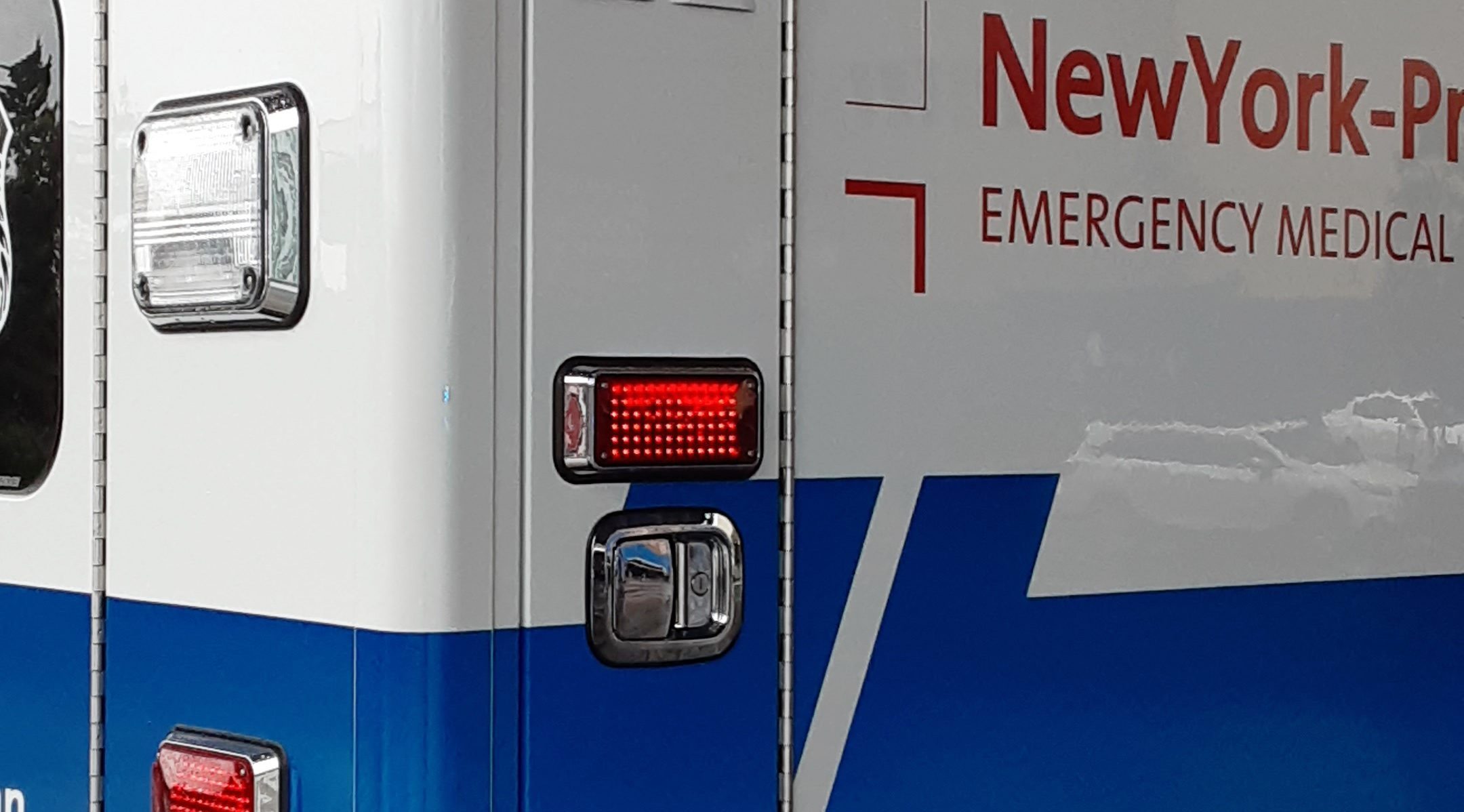
By The newspaper
09 Jul 2024, 09:37 AM EDT
Getting treated by an ambulance in New York is taking longer than it used to, ironically in a metropolis that prides itself on leading a fast-paced life.
Ambulance response times in NYC are getting longer, reaching their highest levels since the start of the COVID-19 pandemic in 2020, when staff shortages, high demand, and contagion risks made emergency care difficult.
According to a report by Gothamistduring Memorial Day week, which marks the start of summer and offers the latest official data available at the time, emergency medical services (EMS) took an average of 12.81 minutes to respond to life-threatening medical cases and 28.31 minutes to non-life-threatening situations.
This is the longest time on both counts since mid-March 2020, when response times averaged 16.91 and 46.40 minutes, respectively. A 2017 study showed that nationally, the average EMS response time in urban areas is seven minutes.
That Memorial Day week in 2024 was no anomaly: Lengthy responses to medical emergencies mirror annual trends seen in New York City. The average time for an ambulance to reach a location after being dispatched increased 69 seconds (to nearly 11 minutes) in the fiscal year ending in June 2023 compared with two years earlier, according to the mayor’s management report.
And every month in 2024, the time between dispatch and arrival of an ambulance in New York has increased compared with the same months in 2023, city data shows.
New Yorkers are feeling the delays. For example, when Ayesha Culmer found her neighbor shot in Hamilton Heights last May, she said a man was yelling at assembled police officers about the delay in getting medical help. Neighbors were just starting to load the injured woman into a car to take her to the hospital when someone announced that an ambulance had finally arrived. In all, it was nearly 10 minutes after they called 911.
Last week, two officers rushed an injured child to the hospital in Queens because the ambulance was taking too long, but he died on the way. In November, FDNY EMT Frederick Whiteside died at age 43 of a heart attack while working at a 911 dispatch center in the Bronx.
Obviously the likelihood of death increases the longer it takes for paramedics to arrive. So why is this delay happening? New York City EMS Chief of Operations Michael Fields listed a number of factors that have contributed to increased ambulance response times:
-Traffic: A record number of cars on the road has caused ambulances to get stuck, even with sirens and right of way. The proliferation of bike lanes and restaurants in recent years means streets have narrowed, making it harder for first responders to pass vehicles. New speed limits also play a role, because “When the city slows down, so does emergency response,” Fields said. In 2023, a study warned that New Yorkers will lose 240 hours a year stuck on the streets, making NYC the city with the worst traffic in the US.
-Record call volume: A record 1.6 million calls for EMS services were made last year, and 1.7 million are expected this year. In some cases, even ambulances themselves suffer fatal accidents while searching for or transporting a patient. Also when responding to crime and/or mental health incidents, ambulance workers are exposed to attacks that have resulted in serious injuries and homicides, such as the case of FDNY paramedics Alison Russo-Elling in Queens (2022) and Yadira Arroyo in the Bronx (2017).
-Emergency room delays: The number of available emergency rooms where ambulances can take patients has decreased, according to Fields.
-Emergency room staffing has also been cut. This leads to emergency medical technicians (EMTs) and paramedics spending more time in hospitals before they can leave a patient for care.
